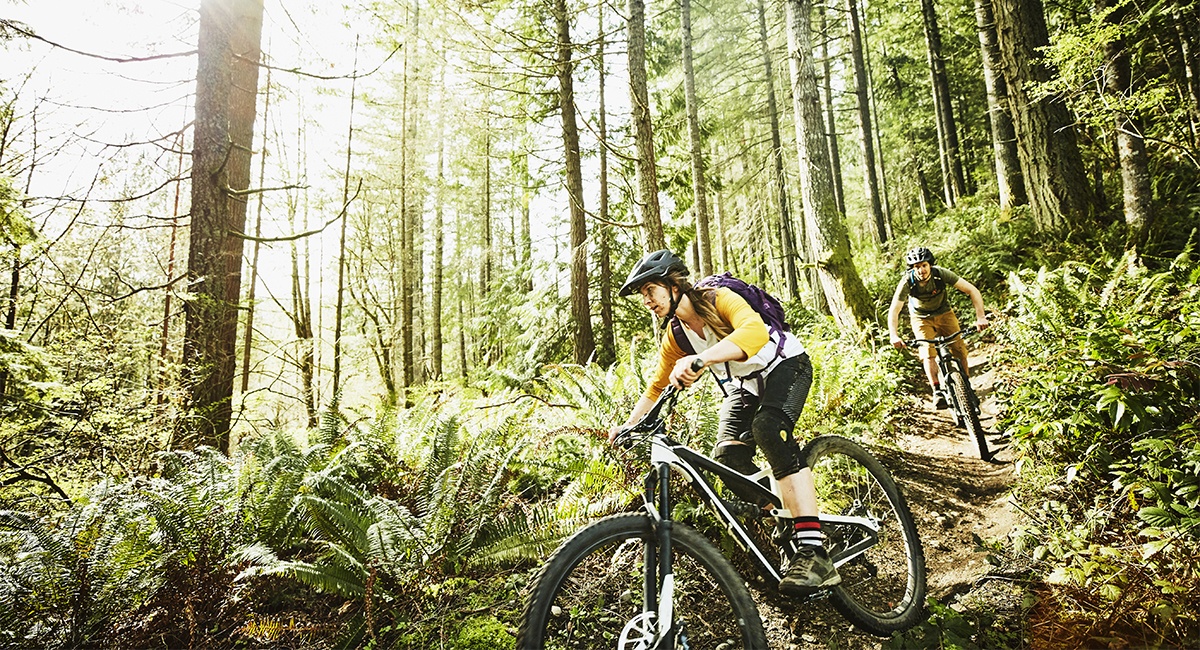
Survival skills are essential for everyone, no matter if they live in a city or country. It's not possible to survive without these skills. The ability to survive a crisis is essential, and a good urban survival plan will include street smarts. It is essential to be able to navigate the city and learn how to improvise in order to survive. You need to be familiar with the local climate and know how to avoid dangerous areas.
The first step in becoming an urban survivalist is to understand the threat. The threat can be either a natural catastrophe or a manmade disaster that leaves people in the middle of the city. You can prepare yourself for such an event by taking precautions and understanding the threats you might face. A basic plan can include learning to cook food, using a portable water filter, using UV water purifiers, and using a water filtration straw to purify water. You will also need to be able to gather food and supplies.

Once you have learned to move through a city, the next step to learning how to be stealthy is to do the same. You want to be in the shadows when you are walking through urban areas. Avoid the streets and rooftops when you're on a busy street. You can practice stealthy movement by carefully studying maps. This will help you get a better understanding of your destination and how to avoid detection.
A key factor in urban survival is being able to recognize a danger sign. A hostile environment is the most dangerous situation to avoid when a disaster strikes. A well-prepared urban survivalist will know exactly what to look for before others do. You can set up rendezvous points ahead of time if you get separated from your companions. This will ensure that you are reunited when you need to. You should also ensure that you have food and basic survival tools for the next few days.
In addition to a survival kit, you should have a get-home bag. This bag will enable you to get home following a disaster. If you are in a disaster zone, it is important that you can get out quickly and safely. You can also count on your urban survivalist buddies if you don’t possess enough supplies. You can also prepare for urban disasters by being prepared well in advance.

Urban survivalists should have more than a basic emergency kit. They also need to be proficient in the most essential skills. These include a survival book, a knife and an extra pair shoes. They also need to know how to make a fire, make food, and build shelters. As a result, they can learn to use a can opener. These are just two of the many skills you need to be prepared for any disaster.
FAQ
What training is necessary to become a hunter How long does it take to complete?
A basic course is required to learn how hunt. This course will teach you about hunting and give you information about the laws.
You will be taught how to safely handle ammunition and firearms. These items can also be used safely.
The course can last anywhere from 2 weeks to 3 months. Some courses are offered online. Some courses can be accessed online.
A written test must be passed to become eligible for a licence. You might also need to prove that you have successfully completed a hunter education program.
How much does it take to get licensed? What if I don’t make enough money?
Costs for getting licensed vary depending on which state you are in. It costs between $20 and $100.
If you do not have enough money, you may be able to apply for a loan or grant.
To pay the tag fee, you must also pay the fee. You can choose the type of game that you want to hunt and how much it will cost. Tag prices vary.
Tags are available for deer, elk, bear, moose, waterfowl, upland birds, and furbearers (such as foxes).
Some states require that you register with the Department of Natural Resources in order to obtain a license.
To ensure that you comply with all regulations, it is important to check the local laws before you start hunting.
How much does it cost for you to hunt?
A hunting trip costs different depending on where you live and what kind of wildlife you want to hunt.
Generally speaking, the average price for a two-person hunting party ranges between $500-$1,000 per person. This includes lodging, food, equipment, licenses, and gas.
Some areas are more expensive than others. Hunting during peak seasons such as the fall turkey and spring turkey seasons will result in higher prices.
Which state has the most deer hunters?
Wyoming is home of the most deer hunters. It also sells the largest number of hunting licences each year.
South Dakota is the state that has the second highest number of deer hunters. It is ranked third for the annual number of hunting permits sold.
New Hampshire is the state with the lowest number of deer hunters. It ranks last for the number of hunting permits per capita.
Can I bring my dog with me?
In most states, hunting dogs with humans is prohibited. Some states allow this practice, however. For more information, contact your state's department for natural resources.
In addition, some hunters do bring their pets along. Some people believe that having a pet around helps them relax when they are hunting. Others believe that a companion helps them avoid getting lost.
However, having a pet can pose problems. Dogs tend to chase animals away from the hunter. Also, wild animals may attack the pet.
Is hunting dangerous?
Yes, but hunting can also cause injury.
There are many ways to injure your self.
Poor shooting techniques can be one of the reasons. It is possible to shoot at the wrong angle and hit the wrong parts of the animal.
A second risk is that another animal may attack you.
Every year, there are many hunting accidents. Guns are responsible for many people being killed or seriously hurt.
Hunters are advised to keep their guns loaded until they reach their destination.
When they are out in the woods, they should make sure that their guns don't get loaded.
Always keep an open mind. Always be aware of your surroundings and pay attention to any sounds.
You should not approach any animal unless you can defend yourself.
Never chase after prey. Instead, wait patiently for them to come to you.
Never take shortcuts. These can cause injury or even death.
Avoid cliffs or other areas where you can't see the bottom.
Avoid rivers and streams. These areas can flood suddenly.
While hunting, avoid drinking alcohol. Alcohol affects your judgment and slows down reaction time.
Keep all safety equipment close at hand. Always have a flashlight, first aid kit, and flashlight with you.
It is vital to learn how to deal with an emergency. Do not attempt to administer CPR if you don't know how.
Statistics
- - Percent of residents with paid hunting licenses: 0.7%- (stacker.com)
- Thanks to the 1937 Pittman-Robertson Act, an 11% excise tax was placed on the sale of firearms, which were then used for conservation. (stacker.com)
- According to the Wildlife Restoration Act, passed in 1937, most of the state conservation efforts are funded through hunting and fishing license sales and firearms sales. (stacker.com)
- In less than 20 years, Rhode Island saw a 40% drop in the number of hunting licenses for residents, according to The Valley Breeze. (stacker.com)
External Links
How To
How to hunt wild hogs
Large animals that can be found in North America are wild hogs. They can also be found in Asia, Africa, Europe, and Asia. Wild hogs feed on vegetation and small animals such a rabbits or mice, birds, insects, and fish. They usually feed at night. The gestation period lasts around six months, after which one piglet is born. Every two years, a sow gives birth. Wild hogs live alone, but sometimes they are part of a group called herds.
The average weight of a wild boar is 200 pounds (90 kg). Their head length is approximately 10 to 12 inches (30-25 cm), and their bodies range from 20 to 30 in (50-75cm). Wild pigs have long legs with broad shoulders and short tails. They have a thick fat layer beneath their skin.
They are extremely sensitive to the senses of sight, hearing, smell, and taste. These senses are used to find food and detect danger. They can run up to 35 miles per hour (56 km/h) and jump distances of up to 15 feet (4 m). They have sharp teeth. They are aggressive when defending themselves against predators.
Hunting wild animals is challenging because they are intelligent, fast and elusive. Hunting wild hogs requires careful observation. If hunters shoot too early, the animal may escape. Hunters who shoot too soon can kill the animal before it reaches cover.
There are many different hunting methods that can be used to kill wild boars. The most common is shooting. This requires hunters to track down the animal and then wait until it comes into range. Trapping is another option. Trapping involves setting traps near water sources where the hogs drink. A trap may contain a scent lure such as peanut butter and corn meal. When the trap is sprung, the hunter shoots the trapped pig.
Another option is snaring. To catch the pig, snaring uses a rope-covered noose. The best time to catch a pig is during mating season.
Other methods include netting, spearing, and poisoning. To stop the pig from breathing, netting or spearing is a method of placing a net on its neck. Poisoning involves injecting poison into the pig's body.
Hunting wild hogs requires hunters to be prepared for cold conditions. For warmth, hunters may need to wear snowshoes in certain areas. Some hunters carry dogs to help them track the animals.